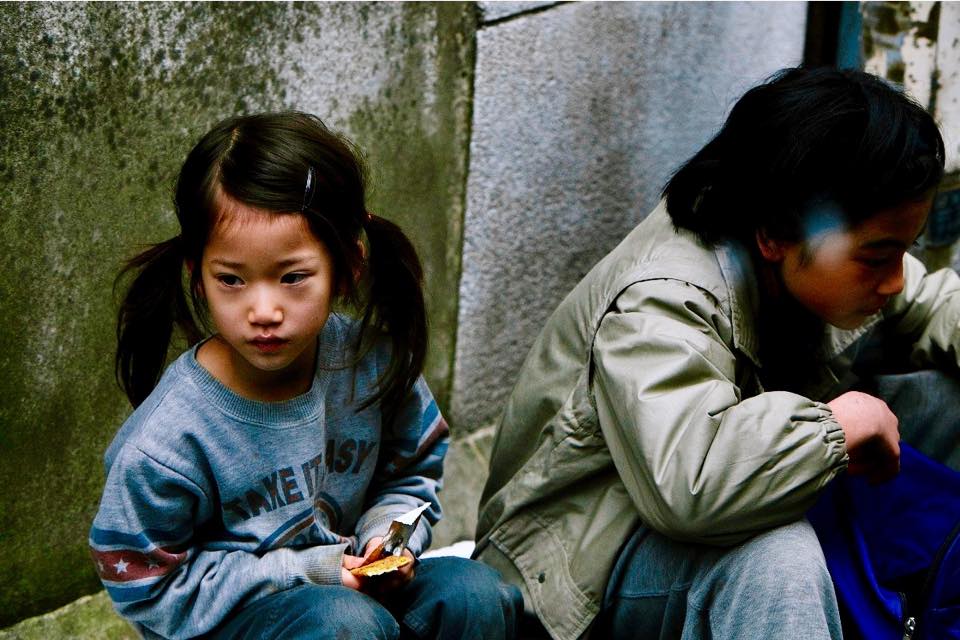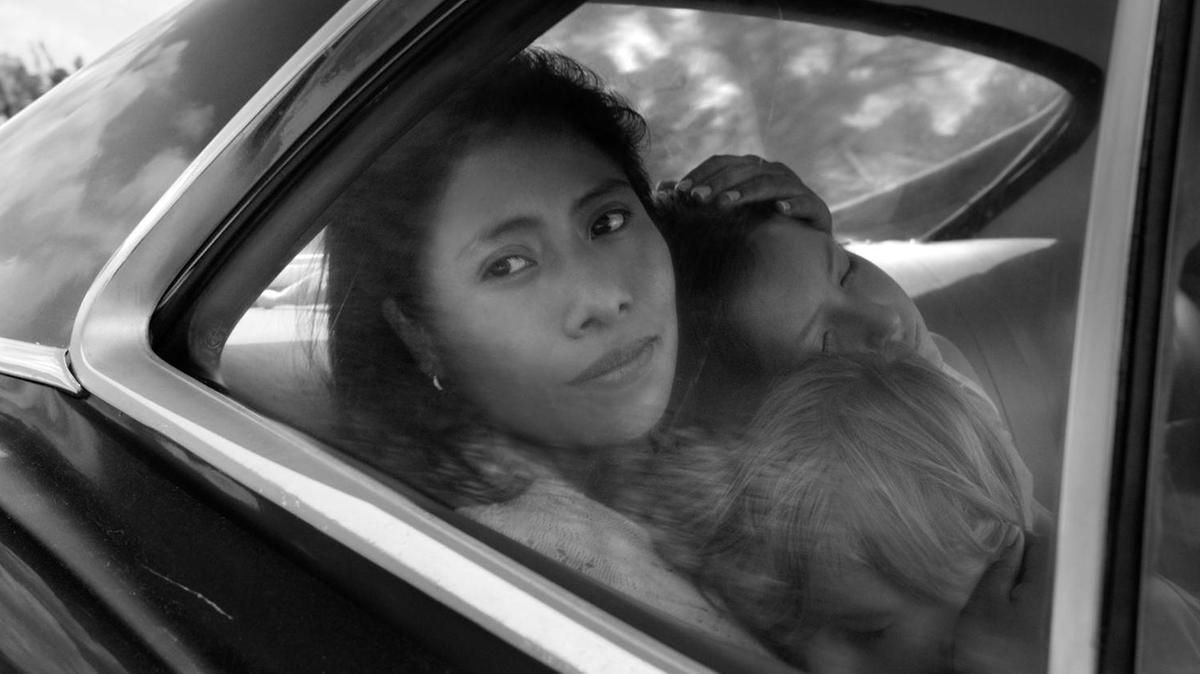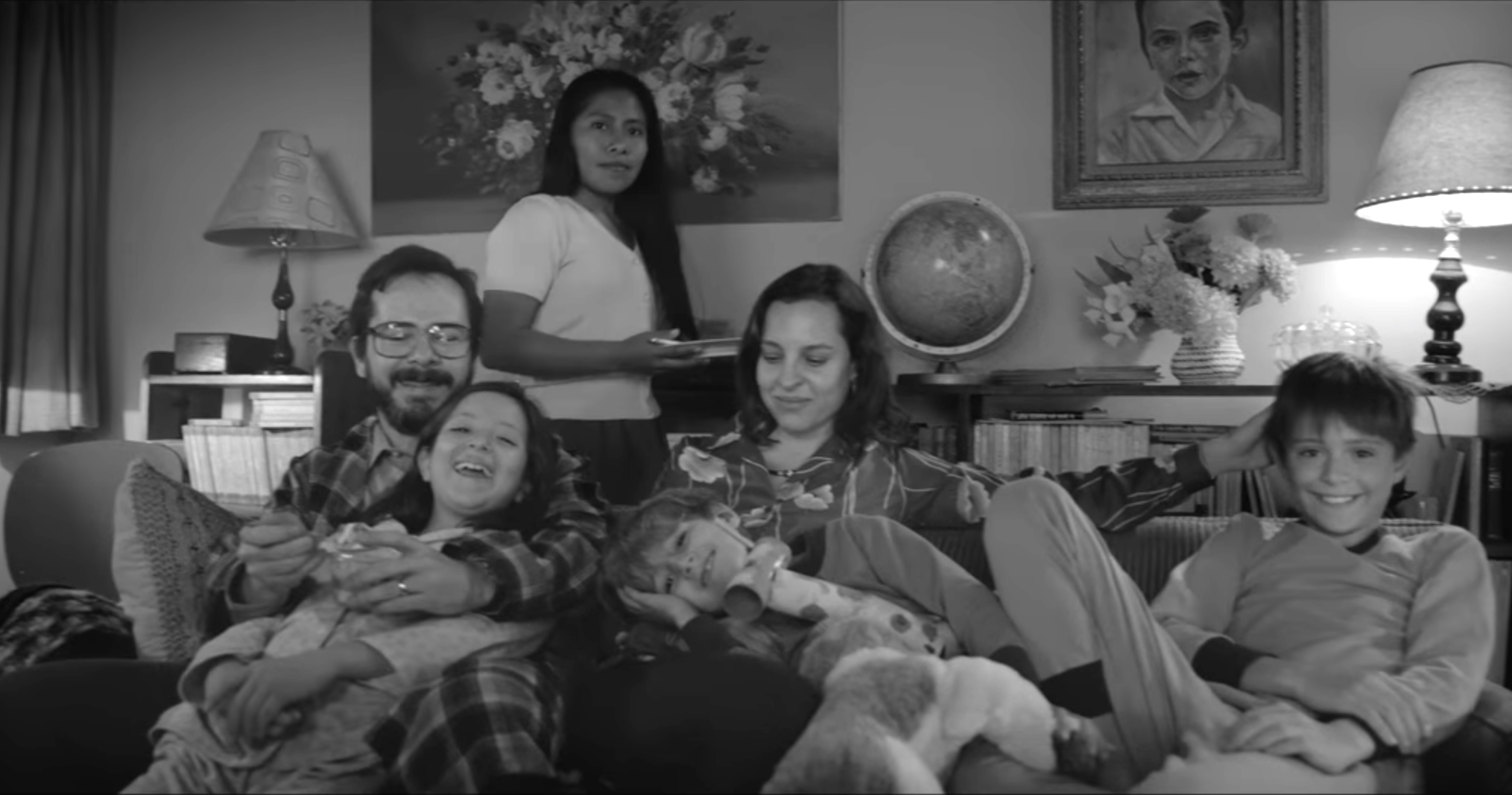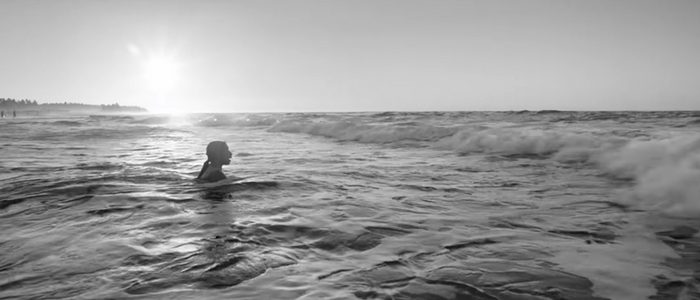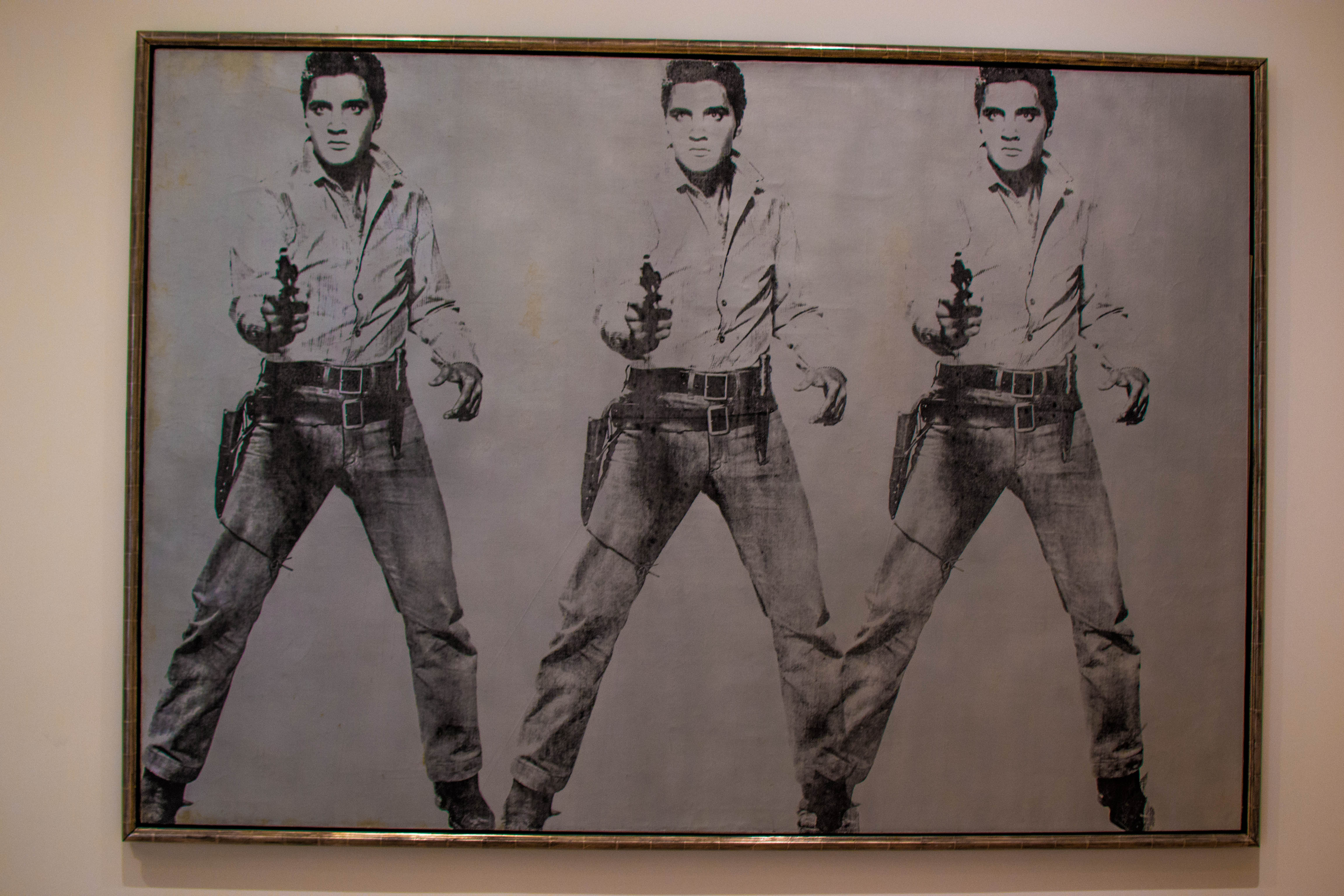Chicana Matriarchs: How a Lowrider Saved My Life, A Story about Pomona in the Late 1970s
On a somber day in the fall of 1977, I began classes at Garey High School in Pomona, California. Ninth Grade meant a new chapter in my life, as I left Fremont Junior High for what I thought of as the threshold to adulthood. However, one thing that began the previous year that continued with the new school year was my problem with a classmate named Ross. Several months before, when we were still in Eight Grade, Ross decided that he did not like me and that it was okay for him to harass me every chance he got. In other words, he was a bully. Since I was an introvert and did not have many friends, I was typically caught on my own whenever Ross—who, by the way, was the only Chicano I had ever known with such a lame white guy name—chose to get in my face. I had no idea why he did not like me. We did not take any classes together, nor did we have any friends in common, nor did we ever compete against each other for anything. Whatever he saw in me he felt justified in his obnoxious behavior.
As fall semester proceeded, each morning, Monday through Friday, I went on my daily walk to campus, from my parents’ home at 1304 Hansen Avenue to the corner of Lexington and Park, roughly two miles away. Since the other kids on my street, which lay on the boundary between school districts, chose to go to Ganesha High School, I trekked off on my own down Phillips Boulevard to White Avenue, where I made a right turn, heading south to Lexington, then from there to my school’s gated entrance. On one of these gray mornings, as I walked past Bailey’s Market at Phillips and Hamilton, which was a T-bone intersection, where the Black-owned business stood as a prominent and well-known landmark on the southeast corner, I saw a group of Chicano boys approaching southward down Hamilton. One of them was Ross. The others were members of 12th Street, my neighborhood’s local street gang. Apparently, over summer—probably beginning back in Eight Grade—Ross began hanging out with 12th Street and was now one of them. Naturally, this emboldened Ross to ramp up his aggression against me. Given that I avoided being recruited into 12th Street, it did not take much for Ross to convince his new “friends” to dislike me as well. So, what happened?
As soon as Ross spotted me, he began taunting me, shouting “Hey, fatty! Hey, pussy, where you going?” I impulsively gave Ross a mean look, as his friends laughed at me. Still, I kept walking. Ross then took the bottle he was holding in his hand and, from across the street, threw his weapon in a high arc at me, where landed and shattered at my feet. He and his friends laughed even more. I thought for a moment about heading into Bailey’s, but being the dutiful son that I was I did not want to be late for school. That is when an unexpected force intervened. Just as I began to pick my pace a baby blue Chevy Impala lowrider pulled up next to me and stopped. Two Chicanas were in the vehicle. The one in the passenger seat rolled down her window and asked me, “Are those guys picking on you?”
At first, I shook my head no, feeling embarrassed that these two girls had noticed my distress. “Are you sure they’re not picking on you?” the girl asked, obviously knowing what she just saw when that bottle nearly hit me. “I’m okay,” I said, not knowing what else to say. Meanwhile, Ross and his crew stayed at the corner across the street, watching this sudden encounter. “Do you go to Garey?” she asked. “Yes,” I nodded. “We can give you a ride. Wanna jump in?” The car door cracked open. I said, “Okay.” The girl, who had a kind face and chestnut hair, bounded out of the vehicle and pulled her seat back, so I could crawl into the backseat, where I sat in-between two massive home stereo speakers, which softly cranked out the Earth, Wind, and Fire album playing on 8-track.
As the Impala’s engine rumbled and we slowly pulled away from the curb, the girl that intervened on my behalf—even though she did not know me—turned to glare at Ross and other 12th Streeters and very angrily gave them the finger, the long nail on her middle finger standing up like a spear. “Those guys are nothing but jerks!” I soon learned that my benefactors were named “Theresa,” with the kind face, and “Martha,” in whose Impala we rode. Theresa told me about how her brother, whose nickname was “Lurch,” because of his substantial height, was forced to endure the same kind of bullying that I was going through now.
In a car, the drive to Garey only takes five minutes, the whole of which Theresa spoke to me, making me feel better about what had happened, assuring me that I need not feel bad about not being able to fight them off, and that I did not have to think of myself as less than or alone. “Just stay away from guys like that, they’re nothing but trouble anyway.” I felt validated. I felt safe. And I felt pretty cool riding in the back of that Impala with two pretty girls in the front. Upon arriving at Garey, Theresa once again jumped out of the car to let me out. I thanked them profusely. The girls smiled and told me to have a nice day. I waved goodbye, then that was the last I ever saw of them. In the end, while there would other bad days, other jerks, and a growing desire to leave Pomona, I would always remember what two strangers, two Chicana angels, did for me on that gloomy late November morning. As for Ross, while 12th Street gang members remained as a conspicuous threat around campus, I never saw my tormentor again.
[Please note, the photos are an approximation of what I remember about the two girls and the vehicle referenced in my story.]













